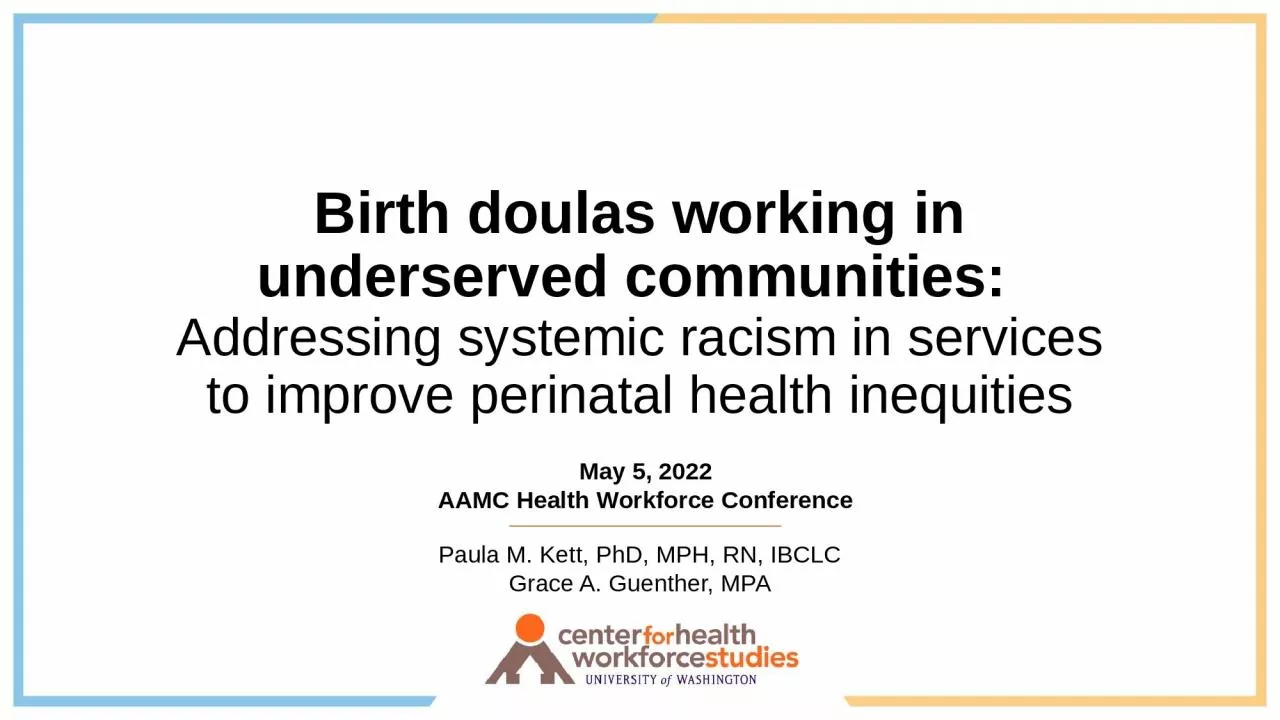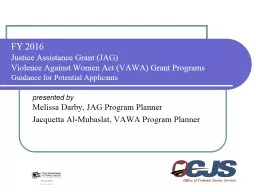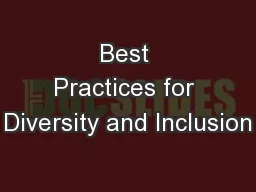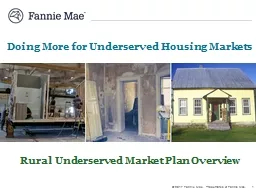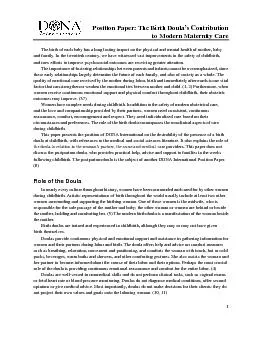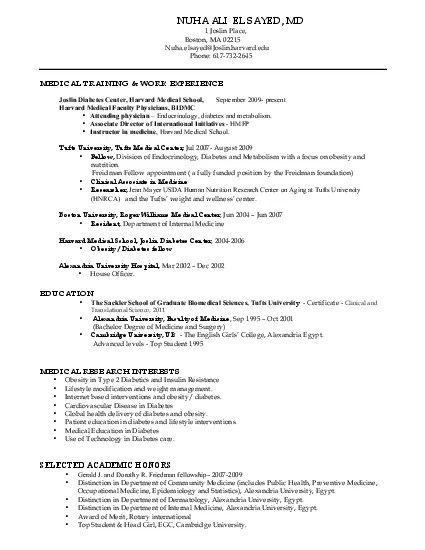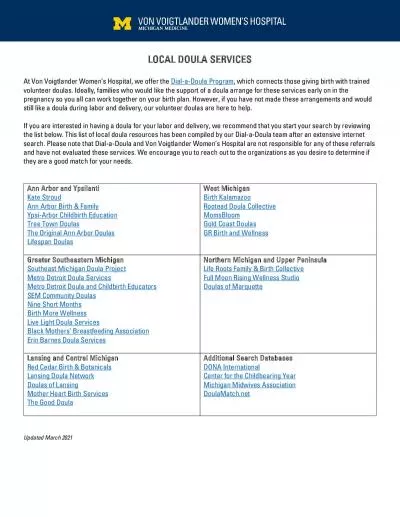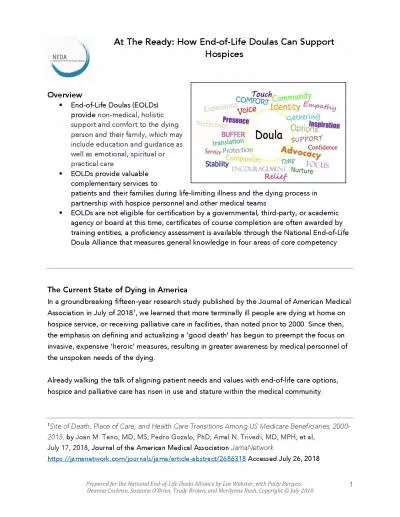PPT-Birth doulas working in underserved communities:
Author : ella | Published Date : 2024-02-09
Addressing systemic racism in services to improve perinatal health inequities Paula M Kett PhD MPH RN IBCLC Grace A Guenther MPA May 5 2022 AAMC Health Workforce
Presentation Embed Code
Download Presentation
Download Presentation The PPT/PDF document "Birth doulas working in underserved comm..." is the property of its rightful owner. Permission is granted to download and print the materials on this website for personal, non-commercial use only, and to display it on your personal computer provided you do not modify the materials and that you retain all copyright notices contained in the materials. By downloading content from our website, you accept the terms of this agreement.
Birth doulas working in underserved communities:: Transcript
Download Rules Of Document
"Birth doulas working in underserved communities:"The content belongs to its owner. You may download and print it for personal use, without modification, and keep all copyright notices. By downloading, you agree to these terms.
Related Documents

